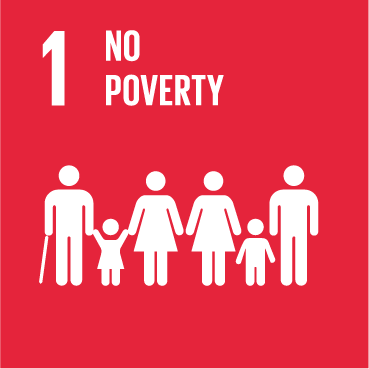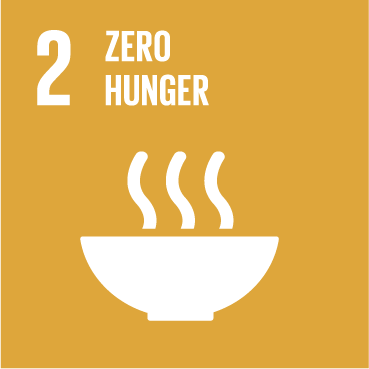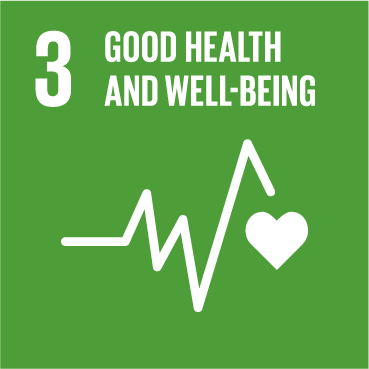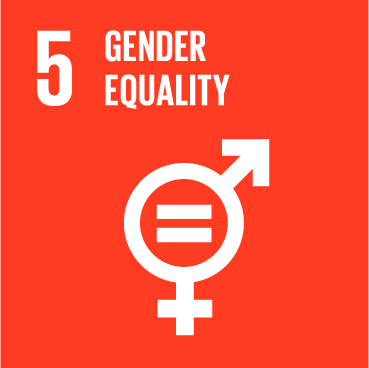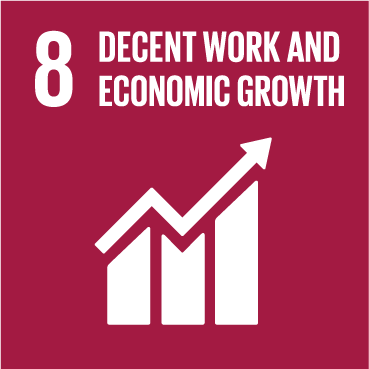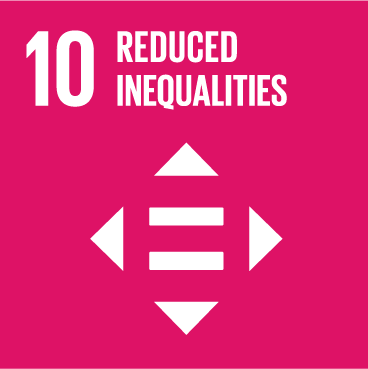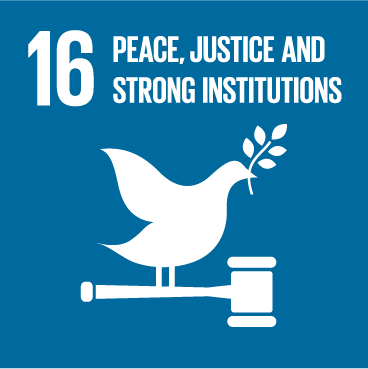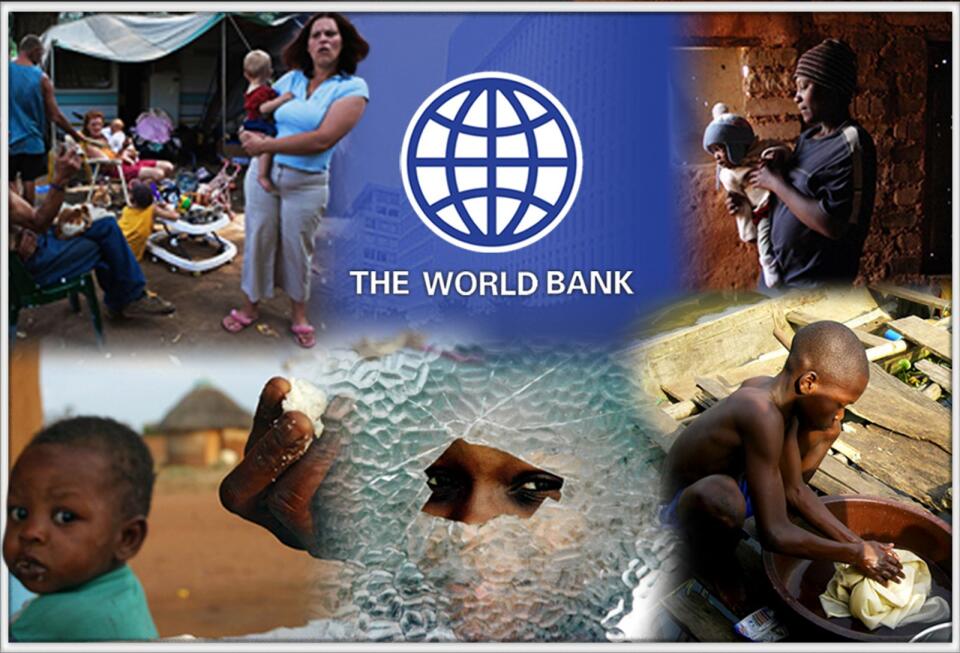
Graphic: Wade Geduldt / African News Agency (ANA) – The World Bank report says that the pace of poverty eradication has been slowing for some five years before the Covid-19 pandemic struck. In other words, the World Bank’s poverty reduction programmes have been failing for some years now, since about 2015, the writer says.
The recently released World Bank report Correcting Course concludes that poverty is growing, particularly in sub-Saharan Africa. This means that the first United Nations (UN) Sustainable Development Goal of ending poverty in all its forms, everywhere, will not be met. The report provides three recommendations to ‘correct course’ and in so doing, get on track to eradicate poverty.
But how serious is the World Bank in changing course? It seems that its prescribed corrections are merely repetitions of the same course that began with its destructive structural adjustment programmes in the 1980s.
What is needed is eradication of the dependency-creating debt of poor countries to the Bank, and a flood of universal decent incomes to countries to stimulate bottom -up economic recovery.
But who would need a World Bank if poverty in all its forms was in fact ended, everywhere?
The report leads with one impact of the Covid-19 pandemic that has seen a deepening of global inequality because richer countries were better able to deal with the impact and fall out of the crisis. One of the key reasons for this according to the report was that richer countries used fiscal policy – particularly state subsidies and grants – effectively unlike poorer countries. By supporting people’s incomes through swiftly distributed cash transfer programmes, richer countries were able to keep their economies and people less distressed than poorer developing countries were. Poorer countries lacked the fiscal space to be able to do so. Crises are destructive for economies and for households.
To keep food on the table and pay medical costs, poorer households tend to use up savings, sell assets and take children out of education.
These are three critical developmental pathways to improving livelihoods over time. Once taken, these actions can never be undone without leaving significant and permanent damage.
So why were richer countries able to command greater fiscal space?
Firstly, according to the report, because richer countries don’t owe the World Bank debt repayments like poorer countries do, so they can use their national budgets to pay for these cash transfer and stimulus schemes rather than paying back World Bank debt.
The second reason according to the report is that poorer countries have larger informal sectors that cannot be reached by business rescue programmes as swiftly as richer counties with more formalised economies. Informal economic actors are too messily arranged to support.
In other words, the pre-existing loan obligations to the World Bank deepened the crisis for developing countries. Moreover, in a surprisingly candid admission, the report conceded that the pace of poverty eradication had been slowing for some five years before the pandemic struck. In other words, the World Bank’s poverty reduction programmes have been failing for some years now, since about 2015.
This is interesting because in 2015, the Bank came under a barrage of fire from journalists, human rights organisations and social movements across the developing world. These criticisms were both on the approach and the practice of the Bank, and of Bank financed and approved projects.
The 2015 criticism was catalysed by the release of a series of reports into Bank practices, Evicted and Abandoned collated by the International Consortium of Investigative Journalists and The Huffington Post among others. Their investigation found that despite the public commitments of the World Bank to reduce poverty and improve people’s wellbeing through funding development project financing, Bank funded projects had led to 3.4 million people being forcibly removed and displaced in the previous decade, destroying communities, families and their livelihoods.
More than $50 billion had allegedly been invested by the World Bank in projects that were rated among the highest risk for “irreversible or unprecedented” social and environmental negative impact. And the report further revealed documented cases in which World Bank funds continued to be paid over to leaders and projects that were clearly corrupt and guilty of human rights abuses, despite pleas from victims and human rights organisations for these funds to be stopped to allow for formal forensic investigation.
Many of these funds began the debt that prevents poorer countries from meeting their peoples’ needs in times of crisis rather than risk defaulting on interest repayment to the Bank. And many similar reports exist from stories across the world and over decades.
The negative nexus between Bank intervention, bank loans and poverty is well documented back to the first Structural Adjustment Plan pilot in Bolivia in 1986. But the World Bank appears impervious to criticism or to the need to change their policies.
In the Correcting Course report, the corrective action recommended by the Bank includes restricting income transfers to the poorest, investing in education and health and raising money for this by increasing property and consumption taxes and if necessary, to compensate the poor through subsidies should they be affected by the taxes.
In last week’s column ANC rejects a BIG at its own peril, I wrote that while the World Bank had politically committed itself to universal social protection systems in 2015, in practice its offices were still demanding poverty targeting programmes in loan financing conditions. The report Can a Leopard Change its Spots? by Development Pathways and Act Church of Sweden meticulously evidences why poverty targeted programmes perpetuate rather than eradicate poverty. World Bank data is cited to demonstrate how universal systems work better than poverty targeted programmes in producing long term structural reduction in poverty and vulnerabilities.
So the three recommendations of the Bank’s 2022 report really don’t seem to provide any serious signalling that the World Bank is changing its spots or changing course. Poverty targeting is failing to reduce poverty and has been for at least five years by the Bank’s own evidence.
Allocating money towards education and healthcare are not interventions, they are what states are obliged to do. And finally, increasing taxes on the poor but handing it back via subsidies and grants to alleviate the negative impact of the raised taxes is no policy at all, just an inefficient churning of money that could be used productively in other ways.
That poverty rose in poorer countries and fell in the richer countries that are World Bank members, is clear and apparent. Poorer countries had to use their fiscal space to keep up loan repayments to the World Bank while member countries didn’t. If the structure of the economies of poorer countries presents differently, you create different interventions. Instead of providing tax breaks to formal businesses, you provide social safety nets and economic stimuli through universal decent cash grants – basic income grants. And you cancel the debt.
Debt cancellation and universal decent basic income grant cash transfers. If the World Bank is serious about reducing poverty in poor countries, it has data from decades of its failed interventions: it knows what to do, but will it?
© The African [2022]. All rights reserved.




